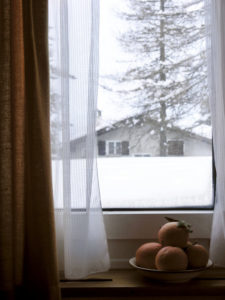 Modular homes are constructed in pieces at a factory and built on-site to local, state, and regional building codes. Modular homes are often confused with manufactured homes — sometimes referred to as mobile homes — which only comply to federal building code, but not necessarily local building codes. Modular homes can have the same durability and longevity as traditional stick-build homes with the same resistance to wind, snow, and rain.
Modular homes are constructed in pieces at a factory and built on-site to local, state, and regional building codes. Modular homes are often confused with manufactured homes — sometimes referred to as mobile homes — which only comply to federal building code, but not necessarily local building codes. Modular homes can have the same durability and longevity as traditional stick-build homes with the same resistance to wind, snow, and rain.
In fact, the Federal Emergency Management Agency (FEMA) has praised modular home construction for its ability to stand up to extreme weather conditions better than many stick-build counterparts. Modular homes are most popular in New England, where labor costs are high, and many were built in New Jersey and New York to replace homes damaged after Hurricane Sandy. Of course, they’re just as durable in other parts of the country as well – like las Cruces!
The Surprisingly Sturdy Modular Home
According to FEMA, modular homes fared better in terms of damage from the hurricane. FEMA credited the rigid building system of modular homes for their ability to perform “much better than conventional residential framing” in the 131-155mph winds of the storm. Some modular homes are now even certified as hurricane-resistant for hurricane-prone regions like Florida.
One reason modular homes perform better in extreme weather is the fact that they are subject to more inspections than site-built homes. Modular homes must be inspected throughout every stage of the manufacturing process and again by local and state building inspectors. Site-build homes, on the other hand, have a single inspection once construction is finished and the inspection may not be carried out by a licensed inspector. Modular homes are required to conform to specific building codes, guidelines, and rules that usually surpass those that apply to stick-built homes.
While modular homes only account for about 1.5% of all homes built in the United States, their popularity is growing in areas prone to extreme weather due to their design flexibility, rigorous testing, and strict construction guidelines.







